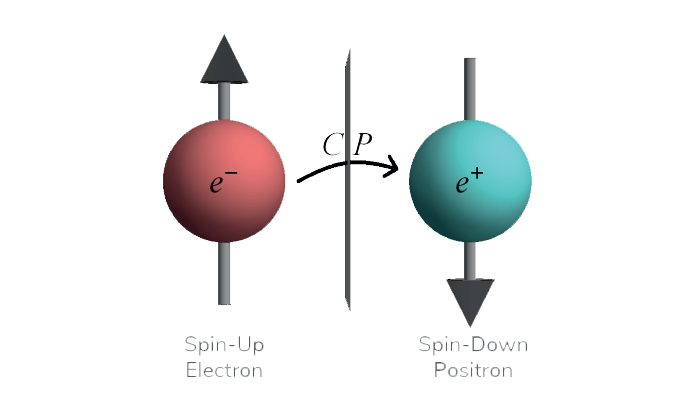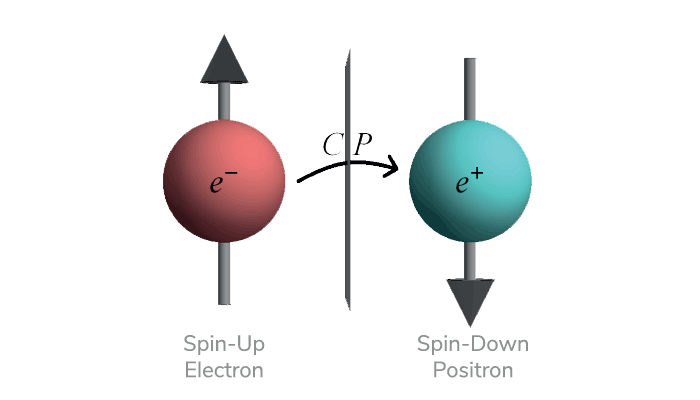

What connects quantum computers and migratory birds? They both rely on radical pairs…
First, a little spin chemistry… Radicals are atoms, molecules or ions that have an odd number of electrons and consequently an unpaired electron spin. When two radicals are formed as chemical reaction intermediates in tandem, they’re known as a radical-pair”
If the spins of the two lone electrons are aligned in parallel, they are in a “triplet state;” if their alignment is antiparallel, it’s called a “singlet state.” As radicals oscillate between these different electronic states, they can interact with magnetic fields, which can influence or control the chemical reactions (1). But because there is little difference between different spin alignments in terms of energy, they were not directly distinguishable optically – until now.
Researchers from the Universities of Konstanz, Würzburg, and Novosibirsk have developed a new way to monitor the spin evolution in radical-pairs and read out the singlet/triplet ratio at specific points in time, using “pump-push spectroscopy” (2).
First, the technique uses a pump laser pulse to initiate electron transfer from the donor to the acceptor molecule, which gives rise to the charge-separated state with singlet spin. The uncoupled electron spins then evolve, before a second laser pulse “pushes” the electron back to the donor, forcing the system to make the decision between triplet or singlet product formation. Put simply, the technique makes it possible to take “snapshots” of the spin state of the radical pair at different times.
The researchers hope their work will lead to a better understanding of how migratory birds use the Earth’s magnetic field to navigate across vast distances – with previous researchers having argued that radical pairs play a key role within an ocular magnetically sensitive photoreceptor. The work could also open up new avenues in quantum computing (radical pairs can serve as a model for qubits) and in the field of organic solar cells.
“For such reasons, it is of interest to know how the spin is currently positioned in this process," said Ulrich Steiner, Professor of Soft Matter Physics at the University of Fribourg, Switzerland in a related press release (3).
Image Credit: Photo by Xerxes314 / CC BY
References
- Y Zhang, GP Berman and S Kais, Quantum Chemistry, 1327-1341 (2015). DOI: 10.1002/qua.24943
- D Mims et al., Science, 374, 6574, 1470-1474 (2021). DOI: 10.1126/science.abl4254
- Universitat Konstanz (2021). Available at: https://bit.ly/3K7XX8a




